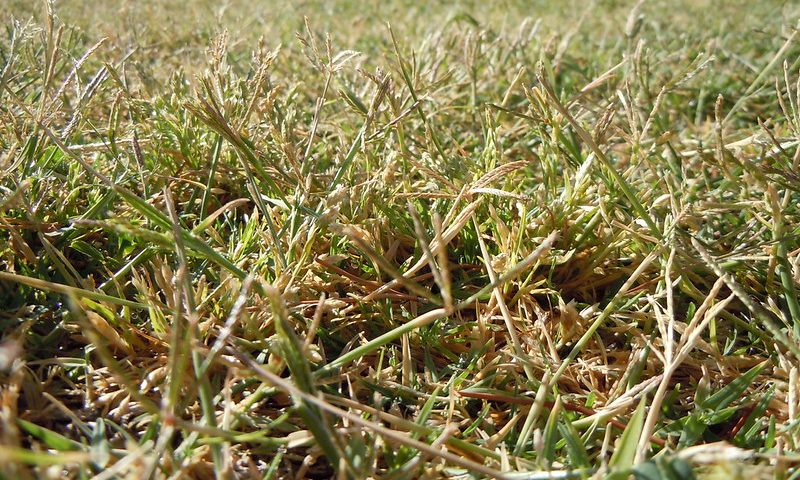As the weather begins to warm up, and the snow that might be covering your lawn starts to melt, we will once again be able to see the many blades of grass that make up our entire lawns. However, the grass that you’re seeing during this period of time is not going to look very pleasant. It’s likely going to look brown and withered, a stark contrast from the green and healthy appearance that it will hopefully have later on during the summer months. This is because the grass has entered the dormant stage.
What Is Dormant Grass?
Grass entering the dormancy phase essentially means that your lawn is going to sleep for an extended period of time. Dormancy is a naturally occurring cycle that all types of grasses will employ, in an effort to conserve water and nutrients that won’t be available to the grassroots over the length of the winter months. The most noticeable aspect of dormancy is the grass blades turning a brownish color, which often occurs during droughts or the fall months leading into winter. Northern grasses can endure colder weather better and typically begin to go dormant in the fall once soil temperatures begin to drop below 50⁰F. As spring comes around and the soil temperatures begin to rise again, the roots of the grass are able to receive the proper amount of nourishment needed in order to grow and stay healthy.
Coming Out of Dormancy:
Dormant grass recovery after a long and brown winter is certainly a welcome sight for sore eyes. However there are certain considerations one should take into account to ensure that they get the best results for growing a greener and healthier lawn. The first and most important step when it comes to treating dormant grass is waiting until the right time. Dormancy is a totally natural and necessary cycle for grass to go through, so it is crucial to wait for the soil temperatures to rise. Just because the snow has completely melted away on the surface, doesn’t mean that ground and soil below has become warm enough to encourage growth as well. Make sure that you are waiting until the soil temperatures have risen enough before irrigating and fertilizing your lawn for the first time.
There are some additional steps that you can also take as spring approaches and you begin to mow your grass for the first time. Consider raking and bagging all of the dead grass after your first few trips around with the mower. This will help with not only removing all of the brown grass that makes the lawn look dormant, but it will also allow for more direct sunlight to warm the soil and speed up growth. While you can naturally wait for your grass to exit the dormancy stage and let it grow on its own, working with an experienced lawn care professional to fertilize your lawn at the right time can help it grow to the best of its ability. At Blue Grass Lawn Service we have a specialized fertilizer formula for earlier and healthier growth, while also encouraging a darker, greener growth throughout the summer.
Learn more about our treatment plans or give us a call at (215) 364-7000 for a FREE quote!
Check out our Facebook page for more lawn care tips!
Featured Image: "Cynodon dactylon," by Matt Lavin, licensed under CC BY-SA 2.0.
